A long time ago, in a galaxy very very close, man looked up and wondered:
What’s out there? Are we alone? What are those things in the sky? Do those things affect what is happening here?
Although their technology was primitive, their minds and creativity were not, and so Astrology was born.
Artology Astrology has been explained recently as a pseudoscientific system of the goings-on of terrestrial and celestial objects and their relationships. In other words, Astrology is the study of how bodies in space affect our world and our lives on planet Earth.
Originally, and up until recent history (17th century), Astrology was considered a scholarly tradition, and even a form of early science. Used along with Astronomy, Astrology could accurately predict future happenings, and was used as an early calendar. When the same constellations appear around the same time every year, it’s easy to see how ancient people could think these stars caused their plants to grow.
So few people admit to belief in astrology, but I am yet to meet anyone who doesn’t know their star sign.
P.K.Shaw
Are you a Scorpio? If so, then today this is YOUR horoscope: Your mind is sharp today, and your willingness to work is equally strong, Scorpio. Use this powerful combination of forces to your full advantage. You will find that your brain is like a powerful steel trap. There is very little that will escape your attention. The most important thing for you to remember is to not let other people obstruct your progress.
So what has happened to our old friend Astrology?
These days Astrology has lost much of his academic standing. Why has he been asked to leave the scientific party without making a scene? Are the illuminati in some way involved? Is it the shooter on the grassy knoll? And, after all this is done, can scientists still be friends with Astrology?
Turns out, Astrology has to take some of the blame, as it has relied less on scientific evidence and more on mystical powers. But that doesn’t mean that there are no facts whatsoever behind the concept of Astrology. By using the zodiac and constellations, Astrology has helped us explore and get familiar with the night sky.
The Zodiac
Constellations make up the basis for horoscopes, and the core of a horoscope is the zodiac. The zodiac are the twelve constellations that make up the night sky around the ecliptic, or in other words the apparent path the sun takes as it moves across the sky. This is also, more or less, the path the moon and other planets take.
The way the sign for a specific time frame is found is by which constellation is directly behind the sun during said time frame. For example: during the horoscope sign of Aries, in which people are classified as Aries, the sun is located between Earth and the constellation of Aries, making the sun appear to be a part of that constellation.
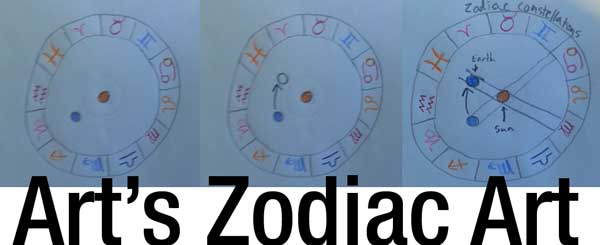
On the left is a pic of the zodiac, sun, and earth while we are in the Cancer sign. The middle shows the earth’s orbit around the sun in relation to the zodiac. The right is a pic of the earth having moved into the Virgo sign. Colors are for fun, not connected to any sign.
Ptolemy, an ancient scholar, made one of the first constellation charts. These were incomplete, because they listed only the constellations seen in his part of the world, and he used a geocentric model (the Earth as center of the universe) to explain the night sky. This is significant, because in order to map how celestial bodies move you have to be right about how celestial bodies move. Even so, we still use this concept that was invented for Astrology in Astronomy.
Some people have taken this to determine what type of personality a person might have, what future events might be in store, and more, but originally it was a part of Astronomy, not Astrology, and was just a way to categorize the stars in our night sky.
Classifying Stars in Constellations
The first step in a scientific process is to identify the unidentified aspects, and then to categorize. The constellations are used for both processes. Envision each constellation not as the stars that make up the picture in the sky, but the entire section of the sky itself. Aries, for example, is made up of three stars, also known as the weirdest looking ram ever. But the constellation for Aries consists of all the stars that fall into that section of space, which grow in numbers as our mega-telescopes get more powerful and new stars are found.
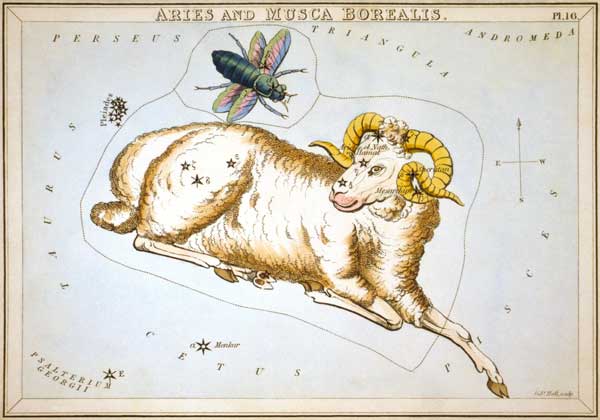 The brightest star in the constellation Aries gets alpha status (e.g. Alpha Orionis , known as Betelguese, in the constellation Orion), second brightest gets beta status (Beta Orionis, or Rigel), and so on. Then, numbers are given after our Greek runs out, example being 32 Orionis. Along with stars, we name new astronomical features after the constellation they are in. Orion has a nebula called Orion’s Nebula, and Andromeda has a galaxy called the Andromeda Galaxy. Neat!
The brightest star in the constellation Aries gets alpha status (e.g. Alpha Orionis , known as Betelguese, in the constellation Orion), second brightest gets beta status (Beta Orionis, or Rigel), and so on. Then, numbers are given after our Greek runs out, example being 32 Orionis. Along with stars, we name new astronomical features after the constellation they are in. Orion has a nebula called Orion’s Nebula, and Andromeda has a galaxy called the Andromeda Galaxy. Neat!

Here, on the left, we have the twelve stars that make up the picture of Orion. The right is a picture of other stars that are a part of the constellation, even though they do not make up the picture. The star represented by blue (left most) is Alpha Orionis, purple (right most)is Beta Orionis, and red (middle)is Orion’s Nebula.
Now What
The point is: even though Astrology found in the tabloid might not help us as scientists, the findings from Astrology have helped us with what’s out there in space. Next time you look up at the sky, remember that the eccentric neighbor in your apartment complex might not be scientifically sound when she says you are a water sign, but she is right that Aquarius is a thing in that sky. And that’s good enough for me.
For extra information, plus where I got some info myself, you can check out these websites:
http://curious.astro.cornell.edu/question.php?number=258
http://www.astrology.com/history-astrology/2-d-d-279653
At High Trails Outdoor Science School, we literally force our instructors to write about elementary outdoor education, teaching outside, learning outside, our dirty classroom (the forest…gosh), environmental science, outdoor science, and all other tree hugging student and kid loving things that keep us engaged, passionate, driven, loving our job, digging our life, and spreading the word to anyone whose attention we can hold for long enough to actually make it through reading this entire sentence. Whew…. www.dirtyclassroom.com

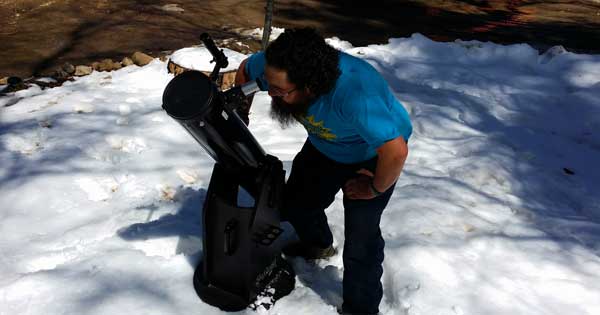
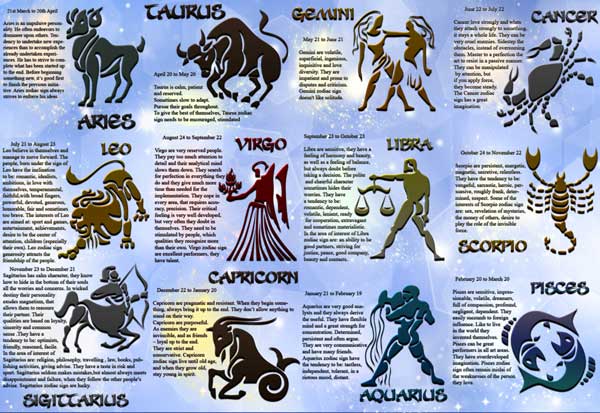
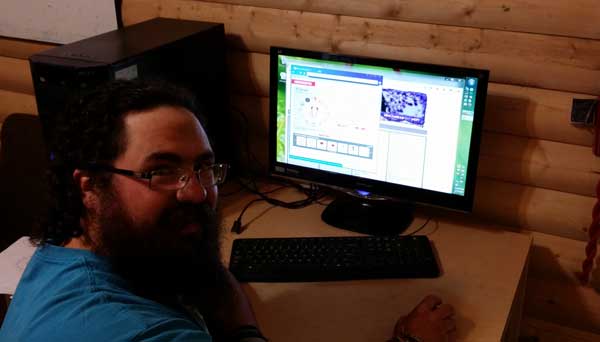
Comments are closed.